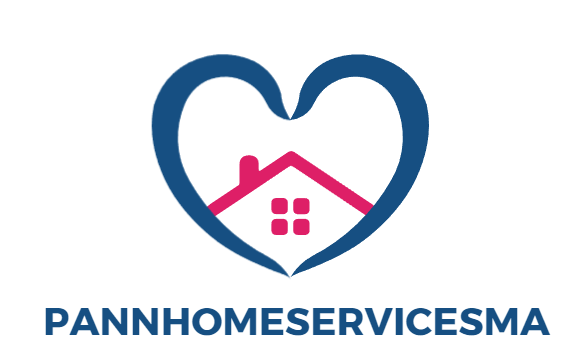Extended metal facades are architectural capabilities crafted from metallic sheets that have been reduced and stretched to shape a mesh-like sample. This system creates a material that is lightweight and sturdy, offering super sturdiness and structural aid. Increased metal facades offer aesthetic versatility, making an allowance for numerous patterns and designs that could enhance the visible attraction of buildings.
Additionally, they provide functional advantages, which include stepped-forward ventilation, natural light filtration, and sun shading. expanded metal facade are typically used in commercial and industrial buildings, as well as in residential tasks. Additionally, they are environmentally pleasant, as they reduce the want for additional construction substances and can be made from recyclable metals.
Aspects When Choosing Extended Metal Facade
Whilst choosing an extended metal facade for a building or structure, several elements need to be taken into consideration to ensure it meets each aesthetic and practical requirement. Right here are key factors to take into account
Aesthetic Enchantment
The cultured impact of an extended metal facade is paramount. Design versatility is a considerable benefit, allowing for an extensive variety of styles, shapes, and textures. Architects and designers can use extended metal to create unique visual effects, playing with mild and shadow to add depth and interest to the building's outdoors. Moreover, the choice of shade and finish, together with alternatives like powder coating, anodizing, and natural steel finishes, can similarly enhance the building's aesthetic enchantment. The facade needs to supplement the architectural style and make a contribution to the construction’s identity and branding.
Material selection
The material preference for an extended metal facade is important, influencing durability, upkeep, and overall performance. Common substances include aluminum, steel, and chrome steel. Aluminum is lightweight, corrosion-resistant, and clean to work with, making it a popular desire. Metallic offers greater energy however is heavier and can require shielding coatings to prevent rust. Chrome steel, whilst more expensive, affords splendid sturdiness and resistance to corrosion, making it suitable for harsh environments. The selection has to be based on the building’s location, climate conditions, and the preferred stability between energy and weight.
Performance Characteristics
Extended metal facades provide several performance benefits. They offer natural ventilation and light filtration, enhancing indoor air first-class and reducing the need for synthetic lighting fixtures. The dimensions and form of the openings inside the metallic mesh will impact these factors. Thermal performance is another concern; facades can contribute to the building’s power efficiency with the aid of supplying shading and lowering the warmness advantage, which is especially beneficial in hot climates. Moreover, the acoustic houses of the facade can enhance the building’s comfort by lowering noise pollutants.
Structural Integrity
Ensuring the structural integrity of the facade is important. The facade should endure the masses it will likely be subjected to, which include wind masses and potential influences. This requires cautious attention to the material's load-bearing potential and the layout of the aid structure. The method of attachment has to be strong enough to preserve the extended steel facade securely, preventing any risk of detachment or failure. Collaboration with structural engineers during the design section can assist attain a facade that is both aesthetically captivating and structurally sound.
Renovation and Sturdiness
Renovation necessities and durability are crucial factors within the choice system. Materials with excessive corrosion resistance, including aluminum and stainless steel, are optimum in environments exposed to moisture and pollutants. Ease of protection ought to additionally be taken into consideration facades that can be smooth to easy and require minimal preservation are superb in the long term. The lifespan of the material and the facade system have to align with the construction’s projected usage and protection price range.
Environmental Sustainability
Sustainability is increasingly more important in contemporary creation. Extended steel facades can contribute to a building’s sustainability by improving power performance and the usage of recyclable substances. Evaluating the environmental impact of the material, such as its manufacturing procedure and recyclability, is vital. Deciding on materials with decreased environmental footprints and incorporating sustainable design practices can assist acquire green building certifications and decrease the general ecological effect.
Cost Issues
Cost is continually a key issue. Material charges vary significantly, with aluminum being commonly greater and lower priced than chrome steel. However, the preliminary cost must be weighed towards long-term period advantages along with sturdiness and reduced upkeep prices. Set-up costs also play a position; a few substances and designs may require specialized setup strategies, which can grow the overall price. A cost-gain analysis can assist decide the most low-cost desire without compromising on quality and performance.
Conclusion
Deciding on an extended steel facade involves careful attention to different factors, from aesthetics and material choice to performance characteristics and sustainability. By comparing those components thoroughly, architects and designers can pick out a facade that not only complements the building’s appearance but also offers long-term useful and environmental benefits.


